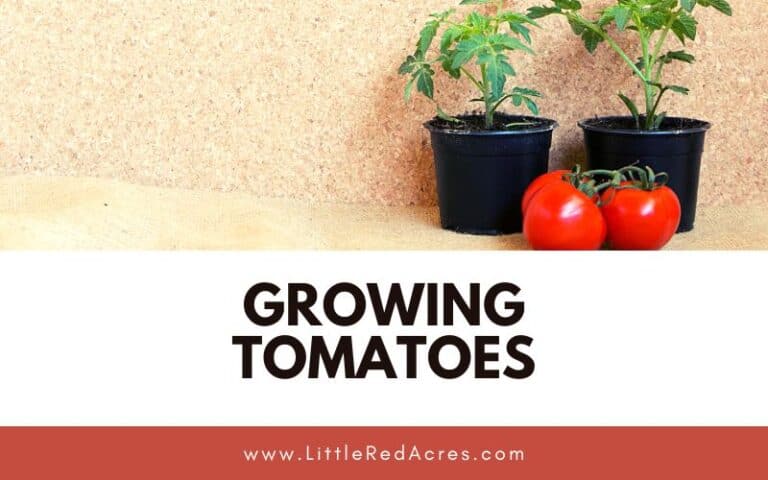Tips for a Successful Winter Garden
Inside: Elevate your gardening game with these tips to have a successful winter garden. Learn how to thrive even in the chilliest months. Grow, enjoy, and reap the rewards!
Winter gardens are a great way to add some color and life to your outdoor space during the colder months. With the right plants and design, a winter garden can be just as beautiful and vibrant as a summer garden.

This post may contain affiliate links, see my disclosure policy for more information.
Tips for a Successful Winter Garden
One of the key elements of a successful winter garden is choosing the right plants. While many plants go dormant during the winter, there are still plenty of options for adding color and texture to your garden.
Some popular choices include evergreen shrubs, winter-blooming flowers like pansies and hellebores, and ornamental grasses. I have three shrubs in my front garden beds. They give me beautiful pink buds in our Nova Scotia winter that I get to see coming and leaving my house.
Get updates & freebies delivered to your inbox!
Types of Winter Gardens
Indoor Winter Gardens
Indoor winter gardens are perfect for those who want to enjoy nature's beauty in the comfort of their own homes. They are also ideal for people who live in areas with harsh winter weather conditions.
Indoor winter gardens can be created in any room of the house, but the most popular locations are the living room, kitchen, and dining room.
To create an indoor winter garden, I recommend hydroponic sets, we have a few sets now that we set up throughout the winter. Plants thrive in them and require minimal maintenance.

Outdoor Winter Gardens
Outdoor winter gardens are perfect for those who want to enjoy nature's beauty despite the cold weather conditions.
To create an outdoor winter garden, one must first choose the right plants that can survive in cold weather conditions.
Use materials such as hoop tunnels, and greenhouse materials to protect your plants from snow and wind.
Greenhouse Winter Garden
If you have a greenhouse that you garden through the spring and summer you can use it to grow throughout the colder months.
- It will be warmer in the greenhouse without you doing anything throughout the winter.
- Your plants will be sheltered from the elements.
- You can heat it without electricity.
By using cold frames, hoop houses, or other protective structures, gardeners can extend the growing season and harvest fresh vegetables and herbs throughout the winter months.
Of course, creating and maintaining a winter garden does require some effort and expertise. Gardeners must choose the right plants and structures, monitor soil moisture and temperature, and protect plants from frost and other winter hazards. But with the right tools and knowledge, anyone can create a beautiful and thriving winter garden.
Frequently Asked Questions
When should I start planting a winter garden? Winter vegetables need a solid start before winter arrives because once cold, dark days settle in, plants won't grow like they do in the summer months. The general rule of thumb for planting a winter vegetable garden is to start your plants 6-8 weeks before the last frost.
What vegetable takes the least time to grow? Radishes. One of the fastest-growing vegetable plants you can grow is radish. Some types are ready to eat in as little as 3 weeks from seeding.
What vegetables do not need sunlight to grow? Salad greens generally do well in cooler weather and they welcome some shade!

Want More?
Winter Garden Benefits: Growing Fresh Produce All Year Round
Surviving the Chill: Hardy Winter Plants That Thrive
How to Strategically Plan Your Winter Garden






